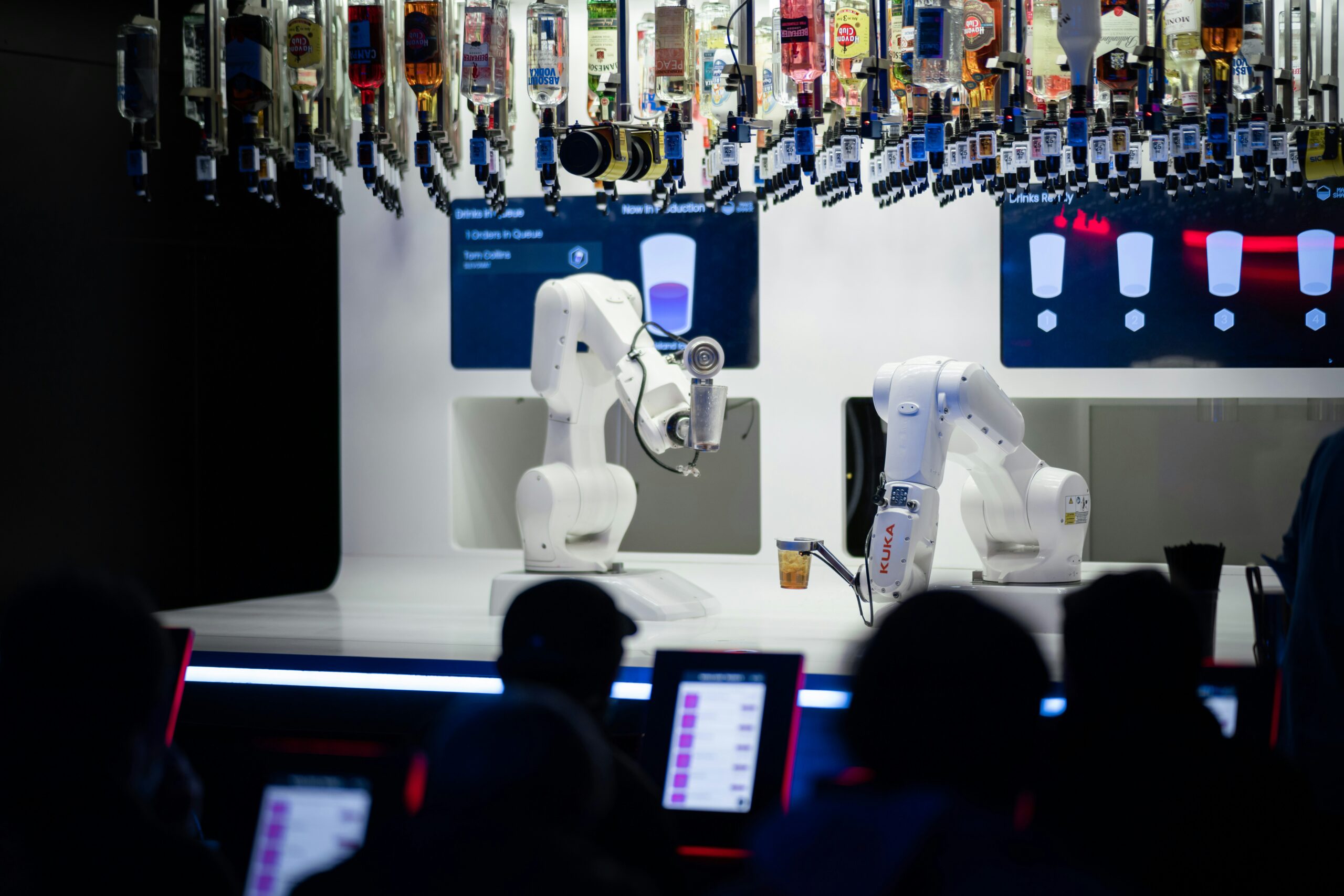
Financial modeling has long been at the heart of strategic decision-making, guiding companies through forecasting, risk management, and investment planning. Traditionally, these models required countless hours of manual work in spreadsheets, leaving room for human error and limiting the scope of analysis. Today, artificial intelligence (AI) and automation are transforming the process by making it faster, more accurate, and far more predictive.
The Role of AI in Predictive Analytics
AI-driven predictive analytics is fundamentally changing how organizations forecast future outcomes. Unlike static models, machine learning algorithms can digest vast amounts of structured and unstructured data, uncovering patterns that humans may overlook. As a result, businesses gain deeper insights into trends such as consumer behavior, market volatility, and cash flow fluctuations.
Moreover, AI allows models to evolve continuously. Instead of being updated periodically, these models learn in real time, adjusting predictions as new data streams in. This adaptive quality provides companies with a competitive edge, enabling them to respond swiftly to economic shifts and operational challenges.
Automation and Efficiency Gains
Automation is eliminating many of the repetitive, manual processes that once consumed financial teams. Tasks like consolidating reports, cleaning data, or reconciling discrepancies can now be handled by automated workflows. This not only accelerates reporting cycles but also frees analysts to focus on higher-level strategic work.
Additionally, automated financial systems improve consistency across organizations. By removing reliance on manual entry and subjective assumptions, businesses reduce errors while ensuring that decisions are based on standardized, reliable information. Consequently, executives can make faster, data-driven choices with greater confidence.
Enhancing Risk Management with AI
Risk assessment is one of the most crucial aspects of financial modeling, and AI is redefining how companies identify vulnerabilities. Advanced algorithms can analyze massive datasets to detect anomalies, stress test scenarios, and simulate potential outcomes under varying conditions. This goes beyond traditional risk frameworks, offering more robust protection against unforeseen disruptions.
For instance, AI-powered models can anticipate credit risks by analyzing borrower behavior patterns or predict supply chain interruptions before they escalate. Such foresight allows companies not only to prepare for risks but also to mitigate them proactively, strengthening long-term resilience.
Preparing for the Road Ahead
Looking forward, the integration of AI and automation into financial modeling is likely to deepen further. Emerging technologies like natural language processing (NLP) may soon allow professionals to query financial models conversationally, receiving detailed forecasts in seconds. Similarly, blockchain integration could enhance transparency and traceability in financial data.
While the benefits are immense, businesses must also navigate challenges such as data privacy, model interpretability, and ethical considerations. Balancing innovation with responsible governance will be essential to ensuring that these technologies drive sustainable growth rather than unintended risks.
Democratizing Financial Insights
AI and automation are also making sophisticated financial modeling accessible to more professionals. In the past, complex models often required advanced programming knowledge or specialized financial expertise. Now, intuitive tools with built-in AI capabilities are enabling broader teams—including managers without financial backgrounds—to leverage insights directly.
This democratization enhances collaboration across departments. Marketing, operations, and product teams can engage with financial scenarios in ways previously reserved for CFOs and analysts. As a result, decision-making becomes more inclusive, holistic, and aligned with company-wide objectives.
A New Era of Financial Decision-Making
The future of financial modeling is being shaped by a powerful blend of AI and automation. Together, these technologies are improving accuracy, reducing inefficiencies, and enabling more agile responses to dynamic market conditions. Beyond that, they are broadening access to insights, empowering decision-makers across entire organizations.
Ultimately, the future of financial modeling points to a landscape where technology and strategy work hand in hand. AI and automation are no longer just support tools; they are becoming integral partners in shaping financial decisions. Companies that adopt these innovations will not only streamline operations but also achieve long-term success by gaining the agility to seize opportunities and withstand uncertainties. By embracing this transformation, businesses position themselves to thrive in an environment where speed, accuracy, and insight define the path forward.